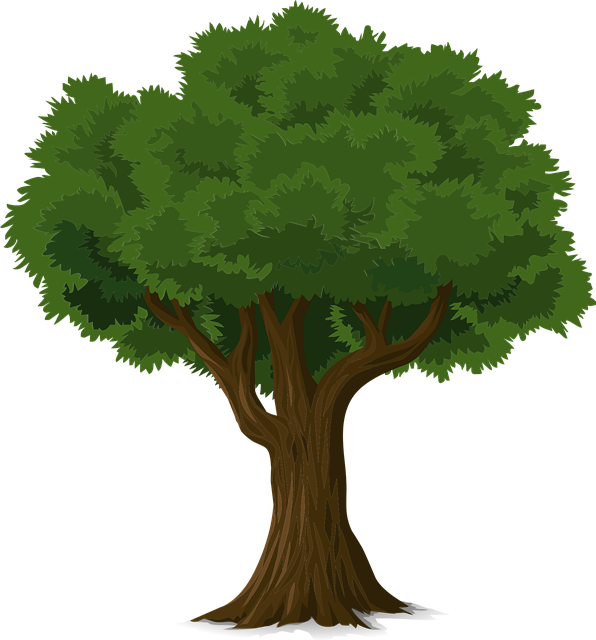Plano TX arborists are essential for identifying and mitigating risks posed by hazardous trees. They assess tree health, detect structural weaknesses, and recommend care or removal, adhering to safety standards. In urban Plano, they address root issues caused by utilities and insect infestations, ensuring tree stability during storms. Consulting a licensed arborist before tree removal is crucial for safety and effective results, with professionals following regulations, using proper tools, and communicating transparently. When hiring an arborist in Plano TX, prioritize certified experts with experience, insurance, and positive references for reliable tree care.
“In the vibrant urban landscape of Plano, Texas, understanding hazardous trees is paramount for public safety and property protection. This comprehensive guide delves into the intricacies of identifying potential risks associated with trees in Plano. We explore the pivotal role of certified arborists in safely managing these trees, common hazards in urban settings, crucial steps before tree removal or pruning, and regulatory considerations specific to Plano. Additionally, practical tips are provided for residents seeking reliable arborist services in Plano TX.”
- Understanding Hazardous Trees: Identifying Potential Risks in Plano, TX
- The Role of a Certified Arborist in Safely Managing These Trees
- Common Hazards Associated with Urban Trees in Plano
- Steps to Take Before and During Tree Removal or Pruning
- Regulatory Considerations for Arborists in Plano, Texas
- Choosing the Right Arborist: Tips for Residents of Plano, TX
Understanding Hazardous Trees: Identifying Potential Risks in Plano, TX

In Plano, TX, understanding hazardous trees is crucial for both homeowners and professionals alike. An arborist in Plano TX plays a vital role in identifying potential risks posed by trees within urban landscapes. These risks can stem from various factors such as species, age, structural integrity, and environmental conditions. For instance, certain tree species native to the region may be prone to specific diseases or pests that compromise their stability.
An arborist’s expertise lies in meticulously assessing each tree to determine its overall health and potential hazards. They look for signs of decay, weakened branches, or root systems that could lead to unexpected failures. By staying vigilant and proactive, Plano TX arborists ensure the safety of nearby structures, sidewalks, and public spaces. Regular inspections and proper tree care are essential in mitigating risks associated with hazardous trees.
The Role of a Certified Arborist in Safely Managing These Trees

When facing hazardous trees, a certified arborist in Plano, TX, plays a pivotal role in ensuring safety and managing potential risks effectively. These professionals are equipped with the knowledge and skills to assess the condition of trees and determine the level of danger they pose to properties, infrastructures, and public safety. With their expertise, they can provide crucial insights into the best course of action for tree care, maintenance, or removal.
A Plano TX arborist follows rigorous standards and guidelines to safely manage hazardous trees. They employ specialized techniques and tools to mitigate risks during tree work, ensuring minimal harm to surrounding areas. By regularly inspecting trees, identifying issues like diseased branches, weak limbs, or structural deficiencies, arborists can proactively address problems before they escalate into emergency situations. Their goal is to preserve the health of both trees and the community they serve.
Common Hazards Associated with Urban Trees in Plano

In urban areas like Plano TX, trees play a vital role in enhancing the beauty and livability of the city. However, they can also present common hazards that require professional attention from a Plano TX arborist. One of the primary risks is structural weakness, often caused by diseases, insect infestations, or poor growth patterns. Dead branches or trees can pose significant safety threats, as they are susceptible to strong winds and storms, potentially leading to property damage or injuries.
Another common hazard is root damage, which can result from underground utilities, construction activities, or compacted soil. Improperly rooted trees are more prone to uprooting during severe weather conditions. Additionally, some urban trees struggle with access to adequate water and nutrients due to limited space and neighboring structures, leading to stress and weakened health. A Plano TX arborist is equipped to identify these issues and provide expert solutions to ensure the safety of both the trees and the surrounding community.
Steps to Take Before and During Tree Removal or Pruning

Before any tree removal or pruning begins, it’s crucial to consult with a licensed Plano TX arborist. They can assess the health and stability of your tree, ensuring safe and effective procedures. The arborist will provide expert advice tailored to your specific situation, considering factors like the tree’s species, size, location, and any potential hazards. This initial consultation is key to preventing damage to property or injury during the process.
During the actual removal or pruning, follow these essential steps: first, establish a safety zone around the tree, clearing any debris or obstacles. Next, use appropriate personal protective equipment (PPE), including helmets, eye protection, and gloves. Arborists should employ proper techniques and tools to minimize damage to the tree and surrounding area. Regular communication with the arborist is vital to understanding their methods and addressing any concerns promptly.
Regulatory Considerations for Arborists in Plano, Texas

In Plano, Texas, arborists must adhere to a set of stringent regulations that govern their practices, ensuring the safety of both residents and the environment. The city’s guidelines for tree care professionals are designed to promote responsible arboriculture and mitigate potential risks associated with hazardous trees. These regulatory considerations play a pivotal role in maintaining the balance between urban development and nature’s preservation.
One key aspect is obtaining the necessary permits before undertaking any significant tree work, especially in residential areas. Plano TX arborists need to be licensed and insured, adhering to safety standards set by the state and local authorities. This includes proper training in climbing, pruning techniques, and equipment operation. Regular inspections of trees near power lines or in high-traffic areas are mandatory to prevent accidents and ensure public safety.
Choosing the Right Arborist: Tips for Residents of Plano, TX

When selecting an arborist in Plano, TX, it’s crucial to prioritize safety and expertise. Look for certified professionals with extensive experience handling various tree care tasks, from pruning to removal. Check their credentials, insurance, and references to ensure they meet industry standards. The best arborists should be well-versed in local regulations and possess the right tools and equipment to complete jobs efficiently and safely.
Residents should also consider communication and customer service. A good arborist should offer transparent pricing, detailed assessments, and a clear plan for the work. They should actively listen to your concerns, provide expert advice, and keep you informed throughout the process. Your chosen arborist should be committed to minimizing disruptions, protecting your property, and ensuring the health of your trees.
When dealing with hazardous trees in Plano, TX, it’s clear that a certified arborist is an indispensable asset. Their expertise in understanding tree risks and safely managing them is crucial for maintaining a vibrant urban landscape. By following proper procedures before and during tree removal or pruning, and adhering to local regulations, residents can ensure the safety of their properties and neighborhoods. When choosing an arborist, prioritize professionals who are qualified and experienced, ensuring peace of mind for any tree-related concerns in Plano, TX.






